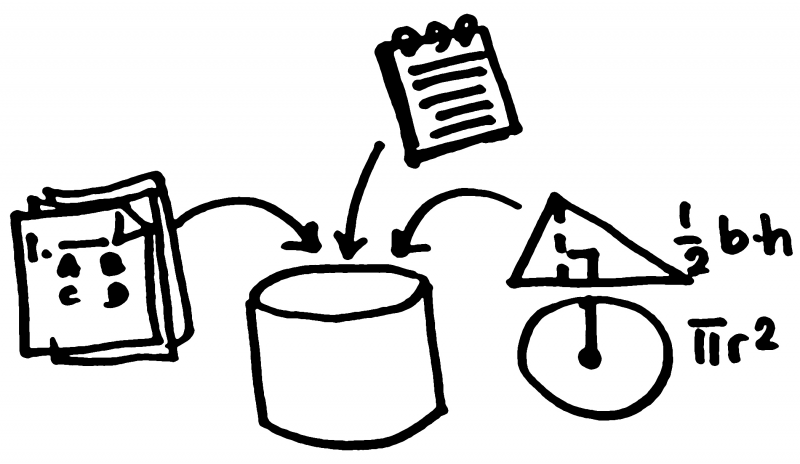Difference between revisions of "All Content In One Place"
Pinventado (talk | contribs) (Add link to ASSISTments as a data source) |
Pinventado (talk | contribs) (Fix link to data source) |
||
| Line 2: | Line 2: | ||
|author=[[User:Pinventado|Paul Inventado]]<br/>Peter Scupelli | |author=[[User:Pinventado|Paul Inventado]]<br/>Peter Scupelli | ||
|contributor= | |contributor= | ||
|datasource= [[Data:ASSISTments2012- | |datasource= [[Data:ASSISTments2012-2013_problem-student_level|ASSISTments data]] | ||
|dataanalysis= | |dataanalysis= | ||
|domain= General | |domain= General | ||
| Line 23: | Line 23: | ||
===Data=== | ===Data=== | ||
Analysis of ASSISTments' data showed correlation between boredom and gaming, and math problems that required students to refer to their textbook to see the actual question | Analysis of [[Data:ASSISTments2012-2013_problem-student_level | ASSISTments' data]] showed correlation between boredom and gaming, and math problems that required students to refer to their textbook to see the actual question. | ||
==Forces== | ==Forces== | ||
Revision as of 09:28, 18 June 2015
| All Content In One Place | |
| Contributors | |
|---|---|
| Last modification | June 18, 2015 |
| Source | {{{source}}} |
| Pattern formats | OPR Alexandrian |
| Usability | |
| Learning domain | General |
| Stakeholders | Teachers Students |
| Confidence | |
| Evaluation | PLoP 2015 writing workshop Talk:ASSISTments |
| Application | ASSISTments |
| Applied evaluation | ASSISTments |
If students lose focus when they need to switch from the online learning interface to their textbook while answering exercises, then copy all content from the textbook into the online learning interface.
Context
Encoders input Math problems into ASSISTments, which teachers assign as homework or activities for their students.
Evidence
Literature
Task switching usually results in slower response times compared to performing a single task and error-rate is usually higher after the switch [1]. Some of the switch cost sources identified include: time taken by control operations, transient task-set inertia, associative retrieval, or a mix of the three.
Data
Analysis of ASSISTments' data showed correlation between boredom and gaming, and math problems that required students to refer to their textbook to see the actual question.
Forces
- Teachers assign the same homework to all students.
- The ASSISTments interface provides teachers with simple control mechanisms (e.g., sequencing of questions in a homework, selecting questions based on the correctness) to control how questions are presented to students.
- Problem definitions (e.g., difficulty, presentation, wording, sequence) affect students’ learning experiences.
Problem
To help students focus on their ASSISTments homework or activities.
Solution
Replace textbook references in ASSISTments with actual textbook content.
Consequences
Benefits
- Math problems that teachers assign to students will always display the problem content in ASSISTments.
- Students do not need to have their books to answer their homework or activity in ASSISTments.
- Students can work on their assignments even when they forget their books
- Students do not need to switch between their textbook and ASSISTments.
- May decrease boredom and gaming.
Liabilities
- It is difficult to encode math textbook problems into ASSISTments.
Example
When a teacher creates a math problem, he/she should copy the math problem into ASSISTments instead of placing a reference to the textbook he/she is using for class. This way, when students forget their books, they can still do their assignment. When students answer the math problem, they can focus more on the activity by reading the problem directly from ASSISTments instead of switching back and forth to get the textbook reference, to solve the problem, and to submit their answer to ASSISTments.
Related patterns
This uses the same concept as Keep It Simple[1]. Using a single source for instruction makes math problems easier to understand.
References
- ↑ Monsell, S. (2003). Task switching. Trends in cognitive sciences, 7(3), 134-140.
